The Pump Car
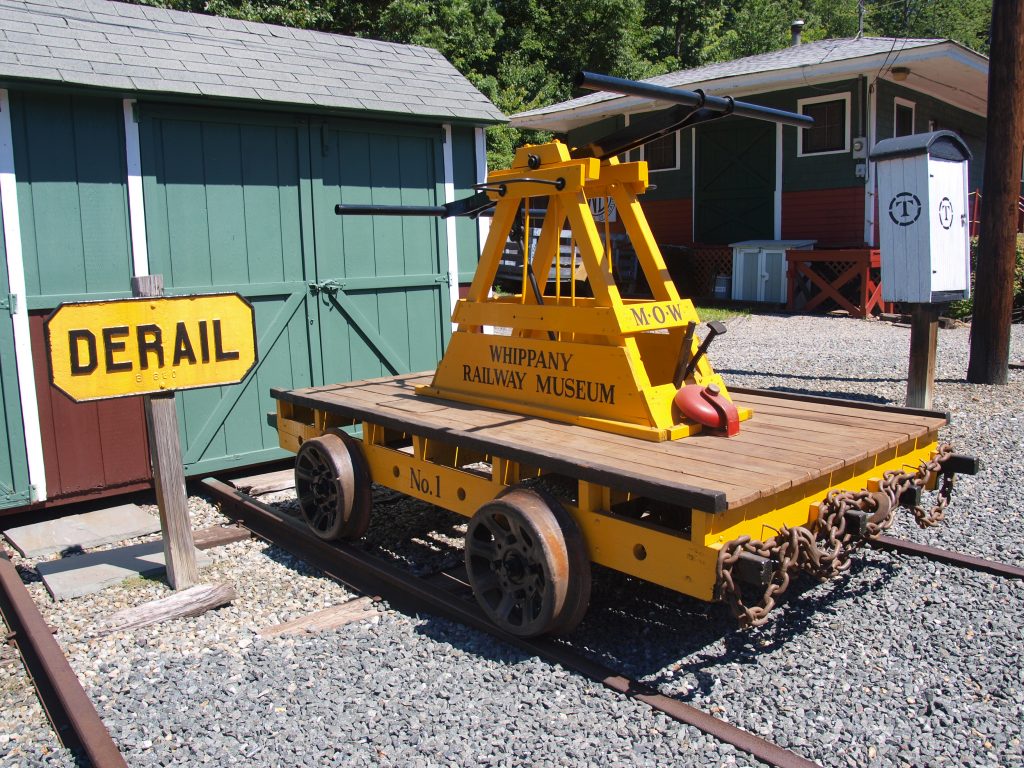
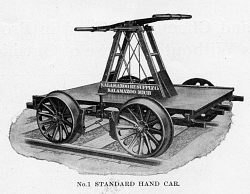
The Railroad Hand-Pump Section Car is a simple track maintenance vehicle consisting of a platform built on 4 flanged railroad wheels and propelled by hand power. Rods, gears and cranks are utilized to enable the car to travel along the rails. These unique vehicles were developed in the late 1850’s and early 1860’s.
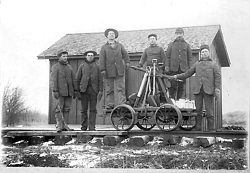
A typical car could carry 4 to 6 track maintenance workers… a Section Gang, whose duties included replacing worn or rotted crossties, tamping stone ballast between the ties, and aligning rail to maintain the proper gauge and elevation. Other tasks included the inspection of track, rail replacement, vegetation control and lineside equipment maintenance.
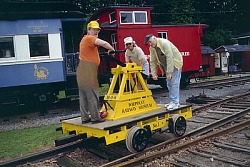
The Velocipede
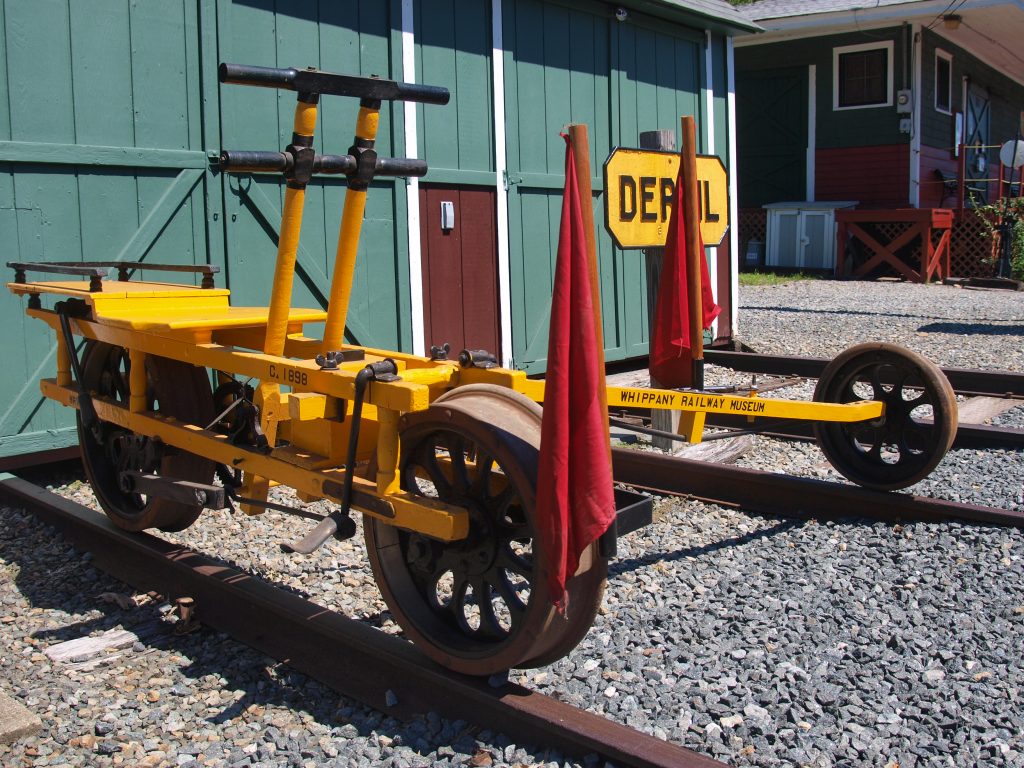
The 3-wheeled Velocipede Hand Car came into popular use on American railroads during the 1880’s. It was specially adapted for the use of Road Masters, Bridge Inspectors, Telegraph Line Repairers, and Crosstie Inspectors. However, the Velocipede was useful for all types of rail work where one or two men wished to go over the line at will. A number of manufacturers supplied Velocipedes to the railroads. The Sheffield Company of Three Rivers, Michigan was the first in 1878, when founder George Sheffield saw the potential in selling Velocipedes with flanged wheels to railway companies.
The Kalamazoo Railway Supply Co. of Kalamazoo, Michigan went into production in the early 1880’s and manufactured some of the finest Velocipedes ever made for rail usage.
Velocipedes were primarily used by railway officials to personally inspect portions of the line that came under their direct authority. The Velocipede enabled the official to stop wherever men were at work, giving them direction and calling attention to defects he had noted during his journey. In this way, his section of railroad would be assured of being kept in the best possible condition.
The Velocipede is propelled by one person and has a seating capacity for two, enabling the driver or inspector to bring along an extra section hand or another official. The vehicle is set into motion by a rowing motion and auxiliary, foot pedal-power. The frame, wheels and outrigger are made of white ash, the frame being firmly held together by bolts. The outrigger is stiffened by an iron brace. The tires are cast iron, the axles and crank shaft are iron, and the crank and pedals are made of malleable iron. The outrigger is adjustable and can be removed. The entire Velocipede weighs about 140 pounds, light enough for one man to lift the vehicle off the rails or turn it in the opposite direction.
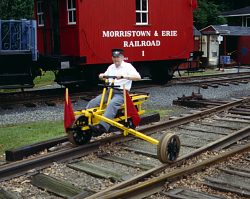
The “Man-Power” Light Inspection Car
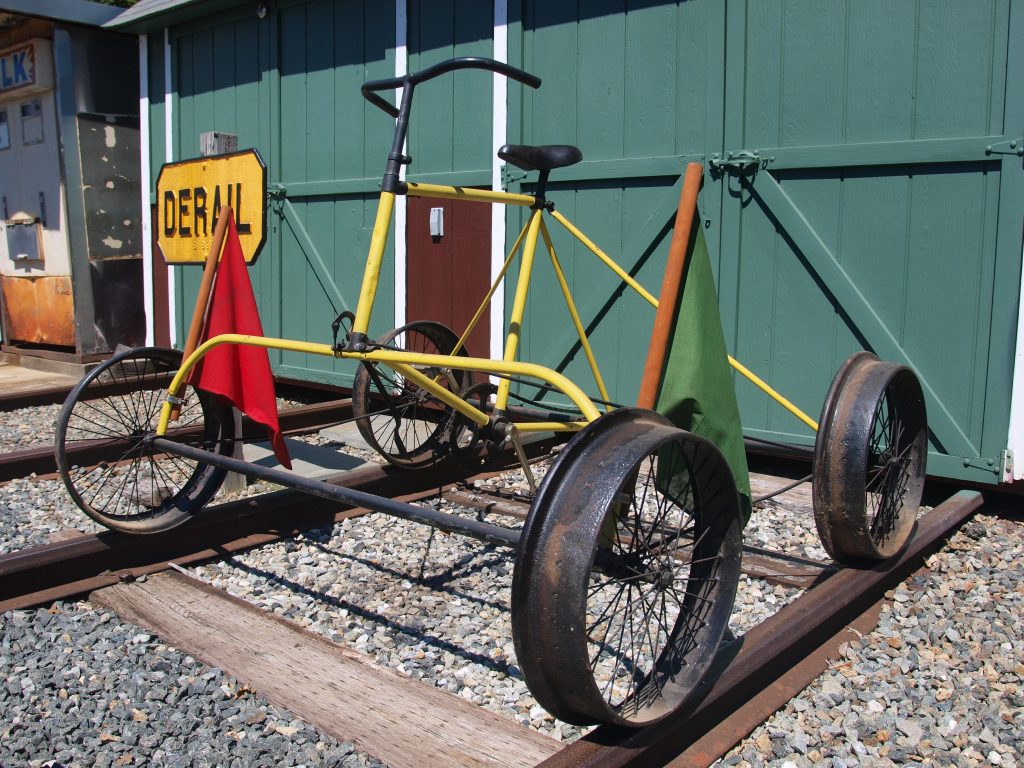

The Hartley & Teeter 4-wheeled railroad vehicle, which closely resembles a typical street bicycle, was quite common on railroads of many nations throughout the world in the 1880’s. Manufactured by the Light Inspection Car Co. of Hagerstown, Indiana, the car was promoted as “the lightest running, strongest, swiftest, safest and most durable car on the market.”

Railroad vehicles such as this enabled close inspection of a railroad by a Road Master or inspector. Pedaled by one person, the driver could personally visit sections of railroad under his authority in a single day.
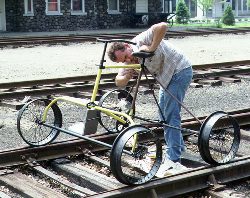
The Section Gang
Until fairly recent times, the jobs of laying track or maintaining railroad roadbeds was the responsibility of Section Gangs who performed the work by sheer physical labor. A common name for such laborers was Gandy Dancer, derived from their use of tools made by the Gandy Manufacturing Co. of Chicago, Illinois.
The old-time Gandy Dancer did his work by hand. His tools consisted of picks, shovels, ballast forks and lining bars. The brutally hard labor was often relegated to minorities or recent immigrants, such as Chinese, Irish or African-American section hands.
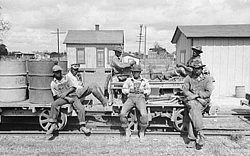

In order to move heavy objects such as ties or rail, teamwork was required. Commonly, and particularly among African-American section hands, songs were chanted to pass the time as well as keep the gang working in unison. The songs or chants would have a specific tune or beat. At certain points, the workers would lift together, allowing a few men to exert enough force to move heavy sections of track or rails. As they moved, they appeared to “dance”… giving us the second portion of their nickname.